1. Introduction
798 is an art zone located in Dashanzi Street, Chaoyang District, Beijing (Ning, 2022). It has been transformed from a radio equipment factory to an art district, and then from an art district to a commercial district. This project aims to examine the balance and conflict between cultural value and modern commercial development of 798 art zone by using the "space production" theory proposed by Henri Lefebvre (1991), and explore whether this project successfully supported original art development. By applying the Spatial Triad Model proposed by Henri Lefebvre (1991), this paper will examine how the revitalization has reconstructed the spatial production of 798 Art Zone from the cultural geography perspective. Furthermore, this paper will explore the artistic cultural value of the 798 Art Zone, and its conflict and balance with the postmodern commercial development.
2. Cultural Geographical Perspective in Use
The revitalization of 798 Art Zone has significantly transformed the geographical culture, and the relevant cultural traces before and after the renovation from historical factory to popular Art Zone is inextricably accompanied with the tremendous change of cultural landscape in 798 Art Zone. From the cultural geography perspective, our research question for this empirical investigation is oriented to analyze the functional changes of revitalized 798 Art Zone in the spatial production. In order to examine the inherent relationship between the commercial artistic activities and spatial revitalization of 798 art zone, Lefebvre’s Spatial Triad of three constituents (1991): spatial practice, representation of space and representational space. Lefebvre’s Spatial Triad as a theoretical perspective will be adopted as an analytical model to analyze how the geographical space in 798 art zone interacts with the artistic cultural and commercial values, contributing to the significant ongoing transformation of dynamic traces in the existing cultural geography.
Lefebvre’s spatial triad consists of three elements:
● Spatial practice is the collection of social activities and daily routines happening in the specific place where we implement our knowledge
● Representation of space is the conceived space by the dominant roles (e.g. scientists and planners) who actively perform the political, legal and social actions in power to regulate the urban planning
● Representational space is not only a lived space for the daily users’ consumption by using the current space based on personal needs and individual feelings, but also serves as an integration of the previous two spaces where old and new traces are present at the same time

Figure 1. An illustration of Lefebvre’s spatial triad
(Source: Lefebvre, 1991)
As for the rationale of adopting Lefebvre’s model, these three concepts are reasonably applicable in the different stages of 798 historical development, therefore, the spatial production is used to analyze the multiple shifting functions of 798 Art Zone from industrial purpose, commercial usage into governmental administration. Specifically, the spatial practice in Lefebvre’s model is suitable for investigating 798 revitalization from modern complex factories to postmodern 798 Art Zone; Representation of space could examine how 798 Art Zone is regulated by the dominating power of district government and further investigate the constant tension between Property Developer and artists as two major stakeholders; and Representational space is used to see how historical cultural traces and new traces have been preserved and created simultaneously during the diverse revitalisation of 798 Art Zone. Collectively, Lefebvre’s three conceptual spaces encapsulate the massive transformation of cultural landscape in the enduring process of 798 revitalisation.
3. Empirical Analysis
3.1. Spatial Practice
Space practice is also called "perceptual space" which means the production and reproduction of space. There are three components that will be mainly covered: history, architectural characteristics and human’s behavior in our analysis (Zhang, 2012). From a historical perspective, the 798 factory was originally just one of the 718 joint factories. After independent operation, it mainly produced magnetic materials and ceramic materials, which is a concrete industrial production space. The reproduction of space is reflected in the revitalisation of the factory. Since 2002, because of the low rent, many art institutions and artists have been attracted to rent workshops for transformation (Simon 2018), providing a diversified cultural space. In terms of architectural style, 798 as a typical Bauhaus style integrates crafts style and architectural style, which is a model of perfect integration of practicality and simplicity. The original architectural style has been activated and retained, together with modern art works, to form the integration of old and new cultures. The practice of human behavior has also changed, from the original workers producing industrial products to artists creating works and holding exhibitions.
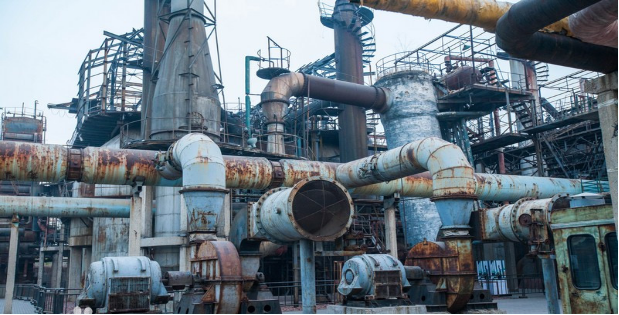
Figure 2. The old industrial factories in 798 Art Zone
(Source: Baidu, 2018)
3.2 Representation of space
According to Lefebvre (1991, p. 38), Representation of space is defined as “conceptualized space, the space of scientists, planners, urbanists, technocratic subdividers and social engineers”, showing that the authorities in various identities commonly adopt a system of abstract knowledge and signifying codes to organize the spatial relations where power hierarchy among different stakeholders is well-established and potentially exercised on the social space (Lin, 2018). In this case study, representation of space explains how the 798 Art Zone reflects the power relations among government, property developers and artists in the historical change of spatial functions.
With regard to the process of 798 revitalization, according to the Tourism Tribune (2008), Professor Sui Jianguo of the Central Academy of Fine Arts rented a vacant factory building in 798 as a sculpture workshop in 1995. This spontaneous incentive of adaptive use was later considered to be the beginning of the development of the 798 Art Zone. Since then, some artists have moved in there gradually. In 2002, the entry of Chinese and foreign artists reached a peak. Subsequently, they created their own art studios there, which contributed to the rapid formation of the 798 Art District in a short period of time. At the end of 2003, the landowner Qixing Group started a demolition campaign around the 798 Art District, which wanted to sell the land to estate developers. However, the government decided to preserve this area after discussion.
Afterwards, the 798 Art Zone was taken over by the government and turned to develop a “Cultural and Creative Industry policy” in 2006, which made the 798 Art Zone turned from a creative arts district into a cultural and creative industry area officially. The change in the spatial function of the 798 Art District made it become a concentration of commercial activities and a shopping center, which attracts many online influencers on social media platforms in mainland China to promote artistic merchandise and increase the popularity of local coffee shops (Figure 3). This change allows the Qixing Group to lease land to different businesses, resulting in many shops opening in the 798 Art District such as cafes, handicraft stores, clothing stores and bars etc. The functional alteration of the 798 Art Zone reflects that development of commercial activities in the 798 Art Zone is more important than the development of arts there. It also shows that the corporate power in the 798 Art Zone is greater than the creative freedom of artists.

Figure 3. Cafe in the 798 Art Zone
(Source: 小紅書, 2021)
3.3 Representational Space
Sessions 1 and 2 have indicated that 798 Art Zone is not only employed as a public space for artistic production and exhibition, but also positioned as a historical conservation of old complex factories by the government as well as the commercial area by the developer for the customers and auction. The following section 3 will analyze 798 Art Zone as a public space for artists and writers who intend to engage in the non-verbal description of signs. It will also cover how 798 Art Zone preserves old and new traces before and after the revitalization, and how the aggregation of these old and new cultural traces contributes to the multi-functional use of 798 Art Zone in the artistic exhibition and commercial activities.
3.3.1 798 Art Zone as a Space for Production
In terms of the historical significance of the 798 Art Zone, the 798 old complex factories have been preserved and the large old steel water pipes constructed in the "First Five-Year Plan" period of New China have been transformed into the historic architectural artwork for exhibition (Figure 4). Given that the industrial area of 798 Complex factories is originally used in the mass production of ceramics, 798 art zone not only preserves the old industrial traces from New China history, but also organizes some creative workshops for the participants to make their specially customized ceramics. It shows that the scope of production in 798 art zone is no longer limited to ceramic products, yet aiming to develop the artistic activities of artware workshops and arranging art exhibitions for the visitors. Moreover, 798 Art zone acquired new cultural traces by synthesizing the revitalization of old factories with modern artwork, which is revealed by the cultural landscape that the rusty machinery, steel pipes, and tall chimneys coexist with pioneering art sculptures, paintings and creative graffiti art (Figure 5, Figure 6). The cross-temporal artistic work and historical factories promotes 798 visitors to immerse themselves in the traditional industry and modern art, which reflects that 798 art zone retains the traces of old factories after revitalization, yet the main function has been shifted from industrial purpose into the artistic exhibition.
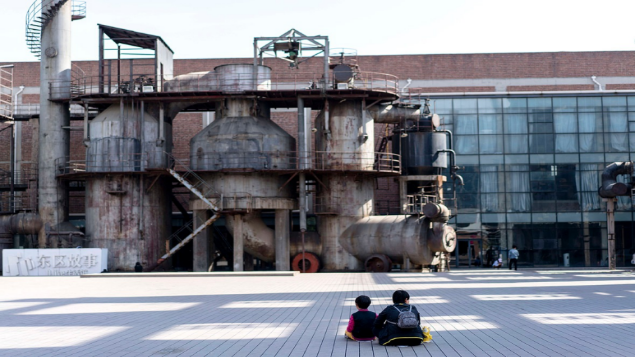
Figure 4. Users of public space in 798 Art Zone
(Source: Contemporary China, 2020)

Figure 5. Graffiti-art and the old industrial factories in 798 Art Zone
(Photographer: CHEN Wanyi, July 2021)

Figure 6. Graffiti-art and the old industrial factories in 798 Art Zone
(Photographer: CHEN Wanyi, July 2021)
3.3.2 798 Art Zone as a Space for Arts development and commercial activities
Furthermore, 798 Art Zone is employed to exhibit artistic images, human photography and representative artistic symbols to spread different cultural values of Chinese ethnic-minority. In relation to the definition of representational space, 798 Art Zone is lived through the associated artistic images and symbols designed by the artists as “users” of a public space to present the vividly living part of human experience (Hayden, 1995). On the other hand, the visitors of 798 art zone seek to use their imagination to change the dominated and passively experienced space through the symbolic employment of objects. The lived space of 798 Art Zone concerns how artists and visitors retrofit and mold the space for their own use. The following Images of Ethnic Minority Life and Culture symbolize the ethnic Minority Cultural identity in the non-verbal description of signs (Figure 7, Figure 8), while some visitors left their short comments on the photos of ethnic minority people in the sticky note next to the exhibited photo. It shows that 798 as a public space presents a living experience of ethnic minority culture and art, with artists as "dominant space users" promoting ethnic minority culture in the symbolic form of ethnic minority costume and visual photography. What’s more, visitors are also regarded as the active users of 798 art zones to collectively enrich the diverse meaning of artwork in their spontaneous action of writing personal narrative. Likewise, we, as the students who take an initiative to conduct the academic investigations on 798 art exhibitions in Lefebvre’s model also utilizes 798 artistic photos and symbols to meet our personal needs, competing with the dominant power of obeying the established rules.
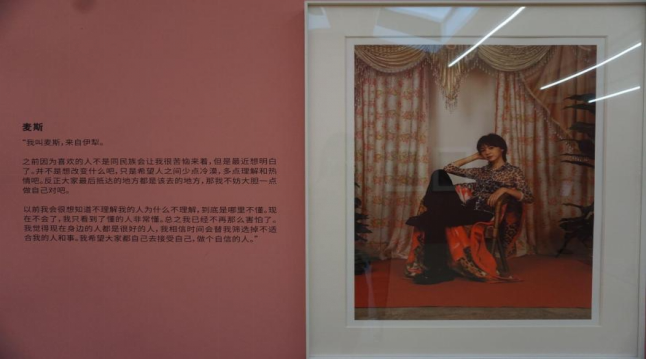
Figure 7. The Art Exhibition for Chinese Ethnic-minorities in 798 Art Zone
(Photographer: CEHN Wanyi, July 2021)
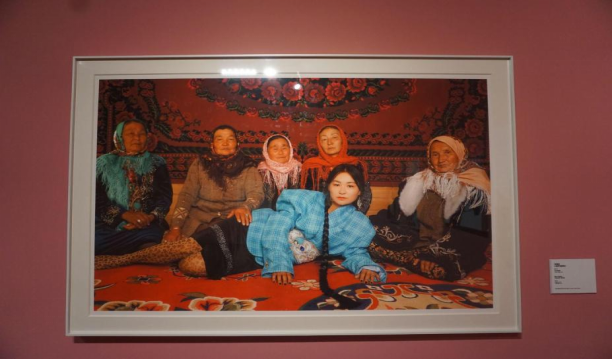
Figure 8. The Art Exhibition for Chinese Ethnic-minorities in 798 Art Zone
(Photographer: CHEN Wanyi, July 2021)
Additionally, by combining the financial interests with artistic values of various artworks, 798 Art Zone is usually featured with many commercial activities in the DIY shops and art exhibition stores targeted at shoppers with high consuming power (Figure 9, Figure 10). The overly commercial use of 798 Art zone is potentially contradicted with the booming development of diverse artistic culture as the majority of artists may tend to tailor their creative artwork for the trending consumerism culture, rather than dedicating to developing innovative artwork for the artistic development. The property developer’s incentive to encourage commercial activities has exacerbated the plight of some creative artists and art institutions, but it is an inevitable consequence of the cultural development and art market expansion to a certain extent. The development of art requires various resources, which need to be realized through commercial prices, and the development of commerce can provide financial resources for art activities, allowing artworks to realize their economic value. The balance and conflict between commercial activities and artistic development corresponds with the power relation of three stakeholders in Representational of Space, since different users of the space tried to struggle for seizing the dominant control of 798 Art Zone and transforming it to their own beneficial favor with their actions of preservation and renovation. Eventually, the constant tension among three stakeholders perpetuates the multi-purposed and contradictory nature of 798 art zone as a public space for artistic development and commercial activities

Figure 9. The Handmade artwork shop in 798 Art Zone
(Photographer: CHEN Wanyi, July 2021)
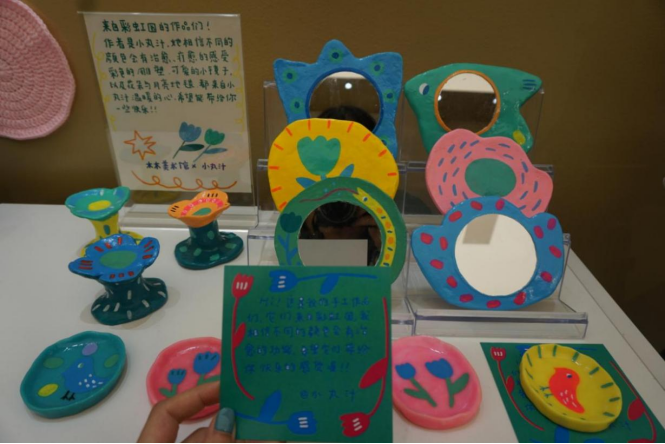
Figure 10. The Handmade artwork shop in 798 Art Zone
(Photographer: CHEN Wanyi, July 2021)
4. Conclusion
Through integrating Lefebvre’s space production theory into the examination of the balance and conflict between the cultural values and commercial interests of the 798 art zone, it was concluded that public efforts have been spent in balancing and preserving the interests of both sides. However, given that the management side often owns more power than the tenants, tenants can hardly survive under this irreversible structure of power. In response to this difficulty, it is suggested that the government can interfere more by imposing policies to balance the interests between the two sides, such as rental regulation and cultural preservation subsidies.
References
林叶. (2018).“城市人类学再思:列斐伏尔空间理论的三元关系、空间视角与当下都市实 践.” Jiangsu she hui ke xue 3 : 124–135. Print.
Hayden, D. (1995). The Power of Place: Urban Landscapes as Public History. Cambridge: Massachusetts Institute of Technology Press.
Lefebvre, Henri (1991), The Production of Space. Oxford, Blackwell Publishers
張媞. (2012). “艺术・商业・政治 北京798艺术区的前世今生.” Thesis (M.Phil.)--Chinese University of Hong Kong.
西文. (2018). “北京798藝術區遊~中國創意抬頭?” Medium.
百度百科. (2022, September 5). 798 Art Zone. Retrieved November 4, 2022 from https://baike.baidu.hk/item/798藝術區/9501879
宁泽群. (2008). 798 艺术区作为北京文化旅游吸引物的考察: 一个市场自发形成的视角. 旅游学刊/#/旅遊學刊[[Lu_ Yu Hsueh K’An]], 23(3).
中国新闻网. (2022, October 27). 北京798艺术节开幕 多元活动呈现发展之果艺术之美. 中国新闻网.https://baijiahao.baidu.com/s?id=1747852131930820916&wfr=spider&for=pc
Web users get a former weapons manufacturing district that comes alive as a dynamic arts hub. (n.d.) 798 Arts District Vision Plan. https://www.sasaki.com/zh/projects/798- arts-district-vision-plan/


